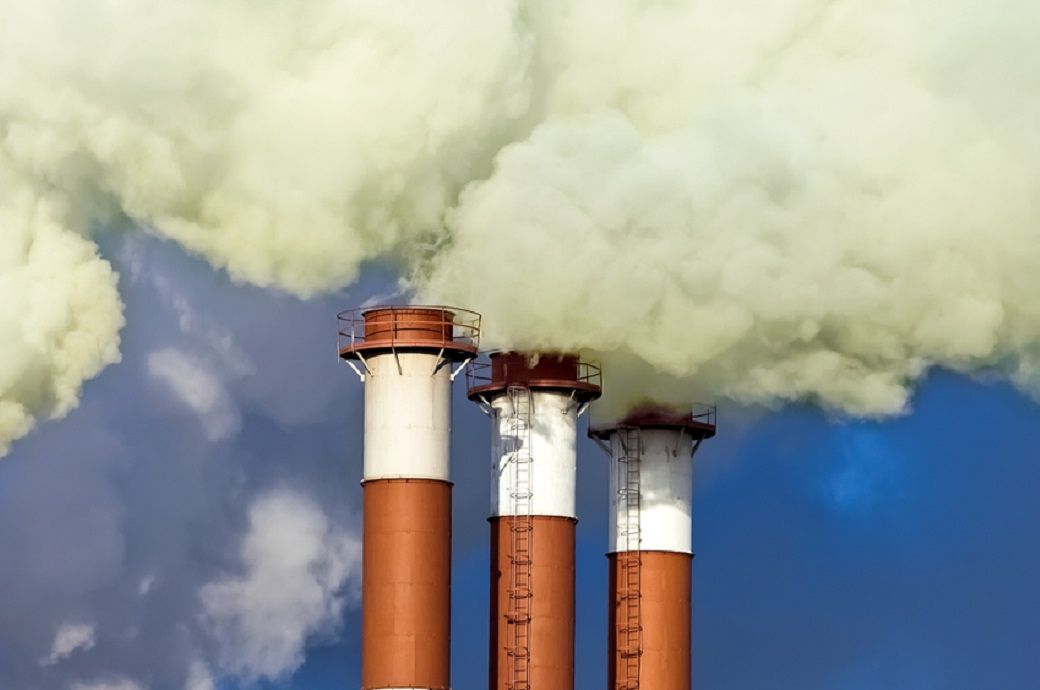
The economic sectors responsible for most GHG emissions included manufacturing at **.* per cent and gas supply at **.* per cent in Q* ****, according to Eurostat.
Compared with Q* ****, emissions decreased in * out of * economic sectors. The biggest decrease was registered in ‘electricity, gas supply’ at -**.* per cent.
Receive daily prices and market insights straight to your inbox. Subscribe to AlchemPro Weekly!